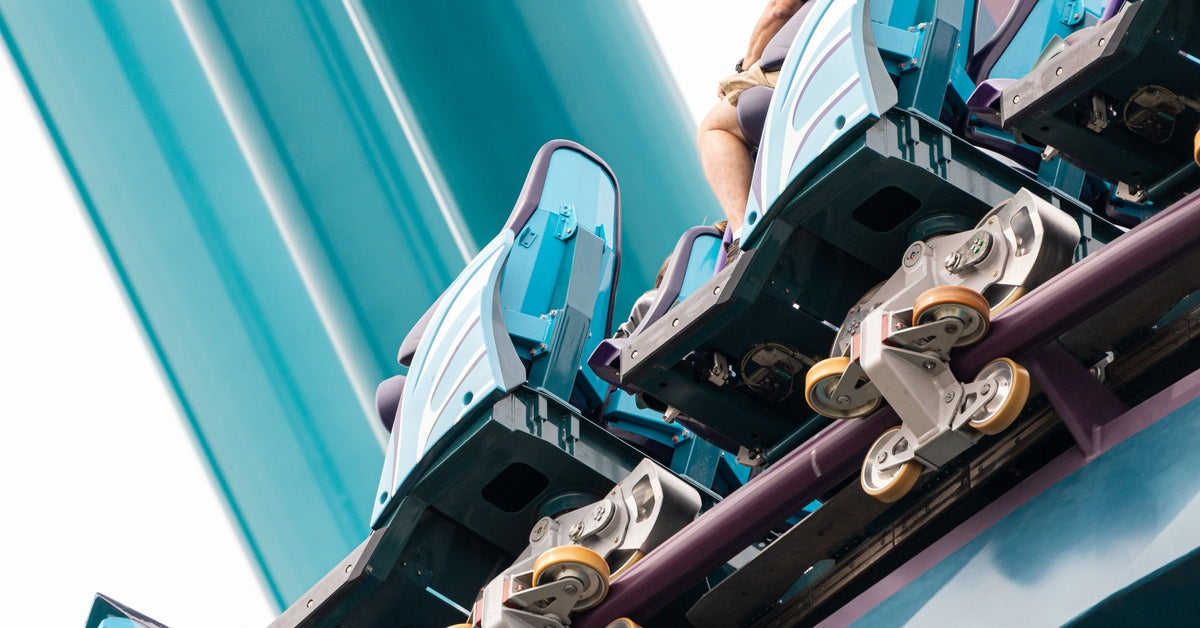For over fifty years, millions of visitors have flocked to Central Florida, drawn by the irresistible promise of magic and adventure that only Walt Disney World can offer. From enchanting theme parks to thrilling attractions, the region has become a must-visit destination for Disney fans. If you have ever wondered how Walt Disney created this magical kingdom, discover the complete history of Walt Disney World before booking your next family trip.
Walt’s Vision for a New Kind of Park
The story of Walt Disney World begins with its predecessor, Disneyland. When Disneyland opened in Anaheim, California, in 1955, it was a successful project that left visitors wanting more.
During construction, however, Walt Disney observed that the area around his park introduced cheap motels, souvenir shops, and other businesses he felt detracted from the carefully crafted Disney experience. For his next project, he envisioned a self-contained destination where the Disney company controlled the entire environment.
The Project Begins
To bring this vision to life, Walt needed a massive amount of land, far more than he had in California. He also wanted a location on the East Coast to capture a new market. His team scouted various locations, including St. Louis and Niagara Falls, but they ultimately set their sights on Central Florida.
To prevent land speculation and keep prices down, Disney initiated a top-secret acquisition process. Using a series of dummy corporations with names like the Reedy Creek Ranch Corporation and Tomahawk Properties, his agents quietly began purchasing vast tracts of swamp and citrus groves. Between 1964 and 1965, they secretly acquired over 27,000 acres, an area twice the size of Manhattan.
The local community and media buzzed with rumors about who was buying up all the land, with some speculating it was NASA or the Ford Motor Company. The concept of the park was a secret until October 1965, when the Orlando Sentinel finally broke the story.
Securing Autonomy With the Reedy Creek Improvement District
With the land secured, Walt Disney focused on gaining the necessary legal control to build his dream. He lobbied the Florida legislature to create a special governing jurisdiction for his property.
In 1967, the state approved the creation of the Reedy Creek Improvement District. This unique arrangement granted the Disney company the powers of a county government, including the authority to build its own roads, utilities, and emergency services. This autonomy gave him the freedom to build a city without the red tape of local county regulations.
Tragically, Walt Disney would not live to see his Florida dream completed. He passed away from lung cancer in December 1966, before construction had even begun. His older brother, Roy O. Disney, postponed his retirement to oversee the project so that his brother’s name and vision would forever be at the heart of the resort.
Building the Magic Kingdom

Construction on the first phase of Walt Disney World began in 1967. The initial challenge for the project was transforming thousands of acres of swamp into a stable foundation for a theme park, hotels, and infrastructure.
Throughout the history of Walt Disney World, engineers drained the land and built an elaborate system of canals and levees to control the water, but it wasn’t all about taming nature. The team also recognized the Florida site’s natural beauty; it featured serene lakes and dense forests. Integrating them into Walt Disney World’s design made the location eye-catching and notable to future travelers.
The Park’s Grand Opening
On October 1, 1971, Walt Disney World officially opened its gates to the public. The resort consisted of the Magic Kingdom Park, two hotels—the Contemporary Resort and the Polynesian Village Resort—and the Fort Wilderness Resort & Campground. Disney designed the Magic Kingdom to be larger than Disneyland, featuring updated and improved versions of classic attractions.
On opening day, attractions like “It’s a Small World,” the “Haunted Mansion,” and the “Jungle Cruise” welcomed guests. Cinderella Castle, standing 189 feet tall, served as the park’s breathtaking centerpiece that travelers, back then and today, used as their backdrop for family photos. Roy O. Disney delivered the dedication speech, standing alongside Mickey Mouse, officially presenting Walt Disney World to the world.
The Experimental Prototype Community of Tomorrow
Walt’s original vision for Florida included other projects that presented more than just the iconic Cinderella Castle. He planned an Experimental Prototype Community of Tomorrow, or EPCOT, a real, functioning city designed to be a showcase for innovation and new ideas in urban living. He imagined a city with a radial design, a bustling urban center, residential neighborhoods, and a public transportation system that made cars obsolete.
From a Utopian City to a Theme Park
After Walt’s death, the company’s leaders felt that building and running a real city was too complex and risky. They decided to reinterpret his vision and, instead of a residential city, they created a new theme park that would embody the spirit of innovation and international culture.
EPCOT Center opened on October 1, 1982. Divided into two distinct sections, EPCOT Center featured Future World, which includes pavilions that explored technology and science, and World Showcase, which presented the cultures of eleven different nations. EPCOT was a new kind of theme park that focused on education and inspiration.
Expansion and a Growing Universe

The success of Magic Kingdom and EPCOT fueled decades of expansion. In 1989, Disney-MGM Studios (now Disney’s Hollywood Studios) opened, offering guests a behind-the-scenes look at moviemaking with stunt shows and attractions based on popular films.
Disney’s fourth major theme park, Animal Kingdom, opened in 1998. This park combined the experience of a traditional zoo with the storytelling and attractions of a Disney Theme Park, centered around a message of conservation and the natural world.
Aside from the four main parks, Walt Disney World continued to add water parks, including Typhoon Lagoon and Blizzard Beach, a massive shopping and dining district now called Disney Springs, and dozens of themed resort hotels. The resort grew from a single park into a self-contained vacation destination unlike any other on the planet.
Today, visitors to Walt Disney World can experience a world that has evolved far beyond its 1971 origins, with attractions featuring characters from Star Wars, Toy Story, and Avatar. The parks continue to change, and Disney World continues to be a place for families to have fun together in a clean, safe, and immersive environment. From the fireworks over the lagoon to the Disney souvenirs in local Florida gift shops, the resort continues to be the most magical place on earth for millions of people.

